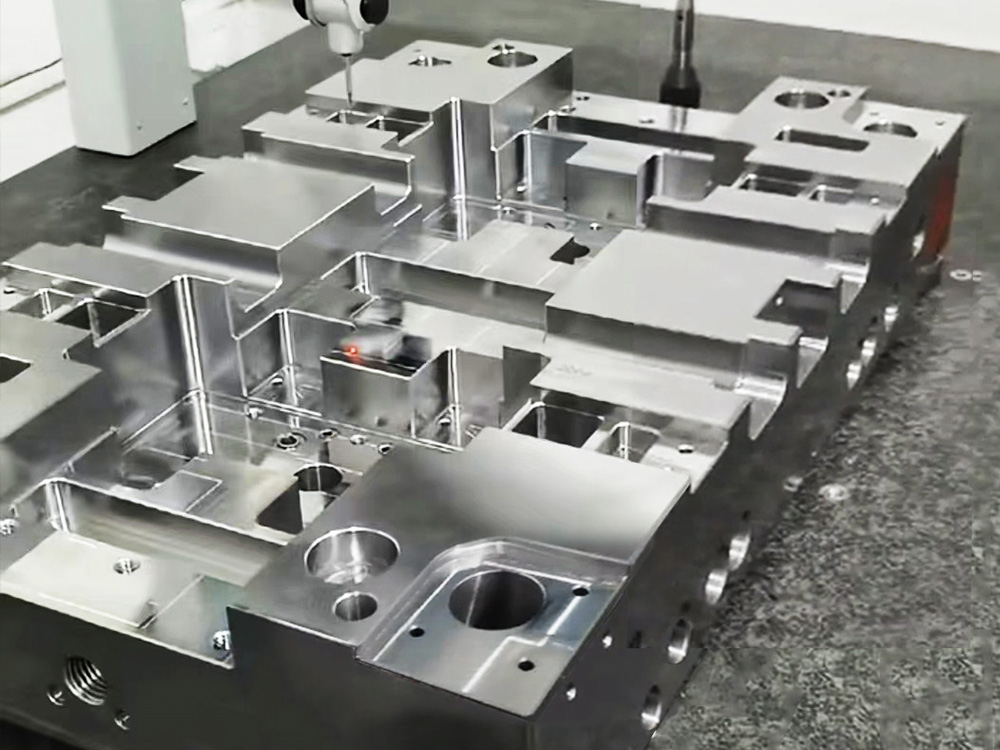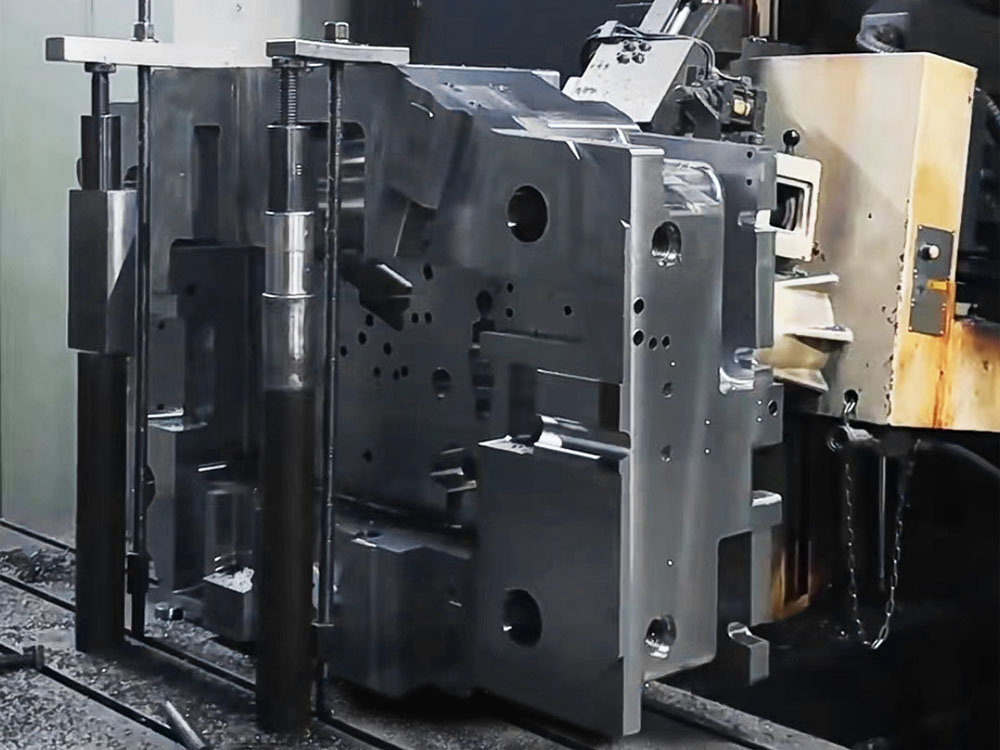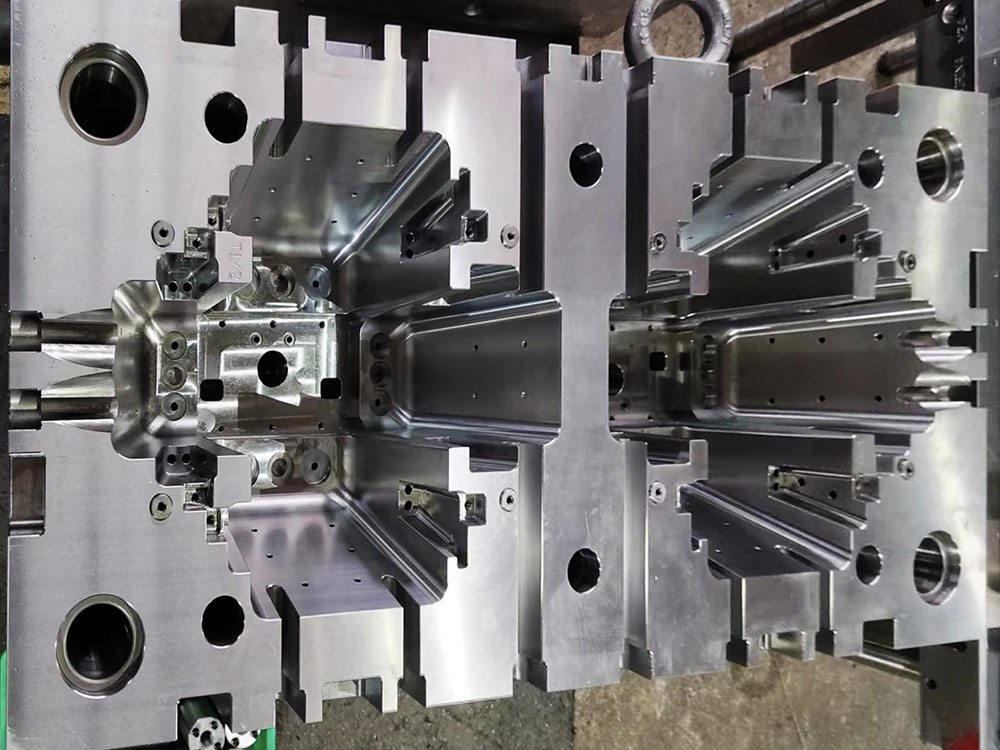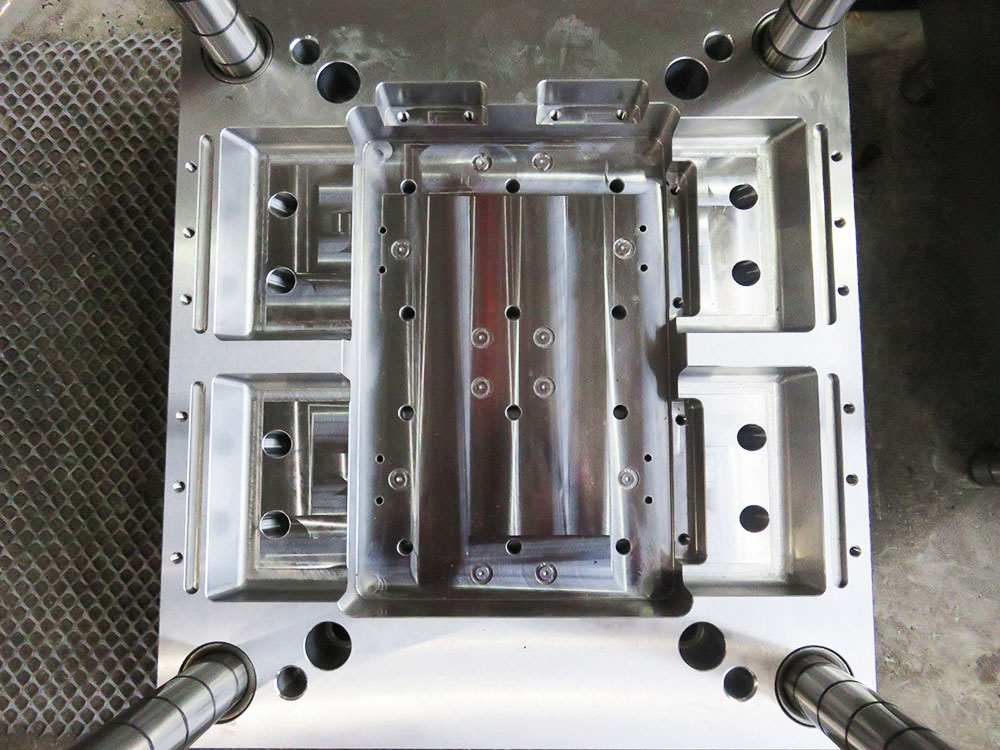Accounting for Purchase of Shelves and Racks in the Mold Base Industry
In the mold base industry, the purchase of shelves and racks is a significant investment for companies. These storage solutions play a crucial role in organizing and managing the molds, ensuring smooth operations, effective space utilization, and improved productivity. However, it is essential for companies to understand the accounting implications of such purchases to make informed decisions and maintain accurate financial records. This article will outline the key considerations for accounting for the purchase of shelves and racks in the mold base industry.
Capitalization vs. Expense
When accounting for the purchase of shelves and racks, the first decision companies need to make is whether to capitalize or expense these costs. Capitalizing means treating the purchase as a long-term asset, while expensing means recognizing the cost as an immediate expense in the income statement. The decision depends on the company's accounting policies and the materiality of the purchase.
If the shelves and racks are classified as fixed assets with a useful life exceeding one year, it is likely that companies will choose to capitalize the costs. Capitalizing allows the expenses to be spread over the useful life of the assets through depreciation, providing a more accurate representation of the expenses incurred over time. On the other hand, if the cost of the shelves and racks is immaterial or if they have a short useful life (e.g., less than a year), it may be appropriate to expense the costs immediately.
Depreciation
When shelves and racks are capitalized, they are subject to depreciation over their useful lives. Depreciation is the systematic allocation of the cost of an asset to reflect its wear and tear and obsolescence over time. The depreciation method chosen should reflect the pattern in which the asset's benefits are consumed or used up.
The most common depreciation methods used for shelves and racks are the straight-line method and the units-of-production method. The straight-line method evenly distributes the cost of the asset over its useful life, while the units-of-production method links the depreciation expense to the actual usage or production output associated with the asset.
Recording the Purchase
To properly account for the purchase of shelves and racks, companies should follow specific steps:
- Record the purchase cost as an increase in the fixed assets account and a corresponding decrease in the cash or accounts payable account, depending on whether the purchase was made directly or on credit.
- Classify the shelves and racks as a separate asset category to facilitate identification and tracking of costs, maintenance, and depreciation.
- If selecting the straight-line depreciation method, divide the total purchase cost by the asset's estimated useful life to determine the annual depreciation expense.
- Record the depreciation expense in the income statement, reducing the carrying value of the asset as time passes.
- Regularly assess the carrying value of the shelves and racks for impairment, especially if there are indications of a decline in the asset's value due to damage, wear, or obsolescence.
Financial Reporting
The accounting treatment for the purchase of shelves and racks in the mold base industry significantly impacts the financial statements. Companies should ensure that the information is accurately recorded, classified, and disclosed in the financial reports to provide users with a clear understanding of the financial position and performance.
The fixed assets section of the balance sheet should present the carrying value of the shelves and racks separately from other fixed assets. Additionally, the depreciation expense should be presented in the income statement as a separate line item or as part of the cost of goods sold or operating expenses, depending on the nature of the business. Disclosures in the notes to the financial statements should include details about the depreciation methods, estimated useful lives, and any impairment assessments conducted.
Conclusion
Accounting for the purchase of shelves and racks in the mold base industry is essential to accurately reflect the costs incurred and maintain proper financial records. Companies should determine whether to capitalize or expense these costs, select an appropriate depreciation method, and diligently record and disclose the necessary information to provide users with transparent and meaningful financial information. By adhering to accounting principles and best practices, companies can ensure the effective management and reporting of their investments in shelves and racks.




